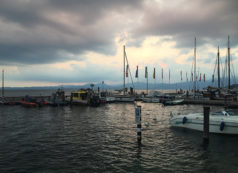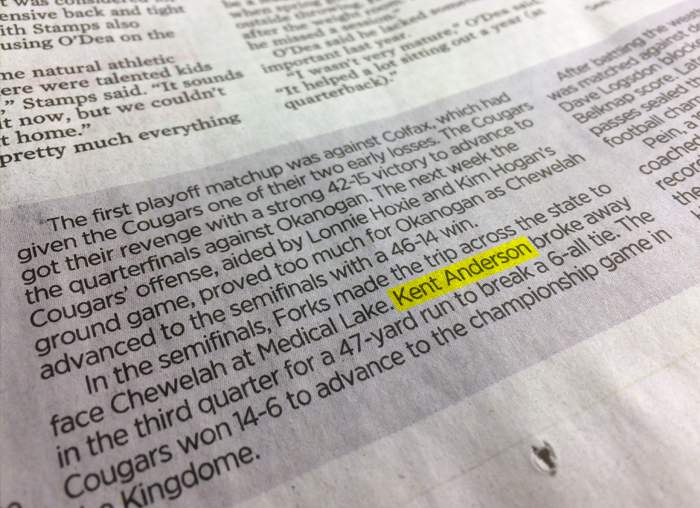I’ll just come right out and admit it: When I bought Ever Since the World Ended, Mose Allison’s 1987 album for Blue Note, it was mostly for the three-saxophone lineup of Bob Malach, Arthur Blythe, and Bennie Wallace. That and the DownBeat review (five stars, by the way), which called the record “a perversely joyous affirmation of the possibility of not merely surviving but flourishing in an insane world by taking everything with a grain of salt, usually in an open wound, reminding yourself, as you grit your teeth, that there’s a joke in every episode of the human drama, no matter how sad it might seem.”
Turns out I should’ve bought the album because it was Mose Freakin’ Allison. But what did I know? I was just a college kid.
Ever Since the World Ended opened a, well…world of lyric possibilities that I, a self-serious student of jazz, hadn’t even considered. Here’s Allison poking fun at the music industry in “Top Forty”:
When I make my top forty
Big beat
Rock and roll record
Everything is gonna be just fine
When I make my top forty
Smash hit
Rock and roll disc
I’ll be the record company’s valentine
No more philosophic melancholia
Eight hundred pounds of electric genitalia
Then there’s “I Looked in the Mirror,” a meditation on aging:
I looked in the mirror this morning
And what did I see? Grey a-plenty
Could be the reason I’m not gettin’ any
And “Tai Chi Life”:
Give me that Tai Chi life
With the gently flowing motion
Every move the same devotion
Oriental magic potion
This guy wasn’t just a smart-ass, I realized. He was cool smart-ass. Like a subtler, hipper Weird Al Yankovic. And that was something to aspire to. (Like I said, I was young.)
Seriously, though, I think Mose Allison is as much to blame for my pitiful attempt at a writing career as anyone. I mean, I knew I’d never be as cool as he was. Or as good a musician. But maybe—just maybe—I could write like that: pithy yet artful, sardonic but not quite cynical. Look, I never said I’d actually get there. But that doesn’t mean I’ll stop trying.
Mose Allison died last night, just a couple of days after celebrating his 89th birthday. There’ll never be another quite like him.
posted by: Aaron Bragg | category: random thoughts | make a comment






















